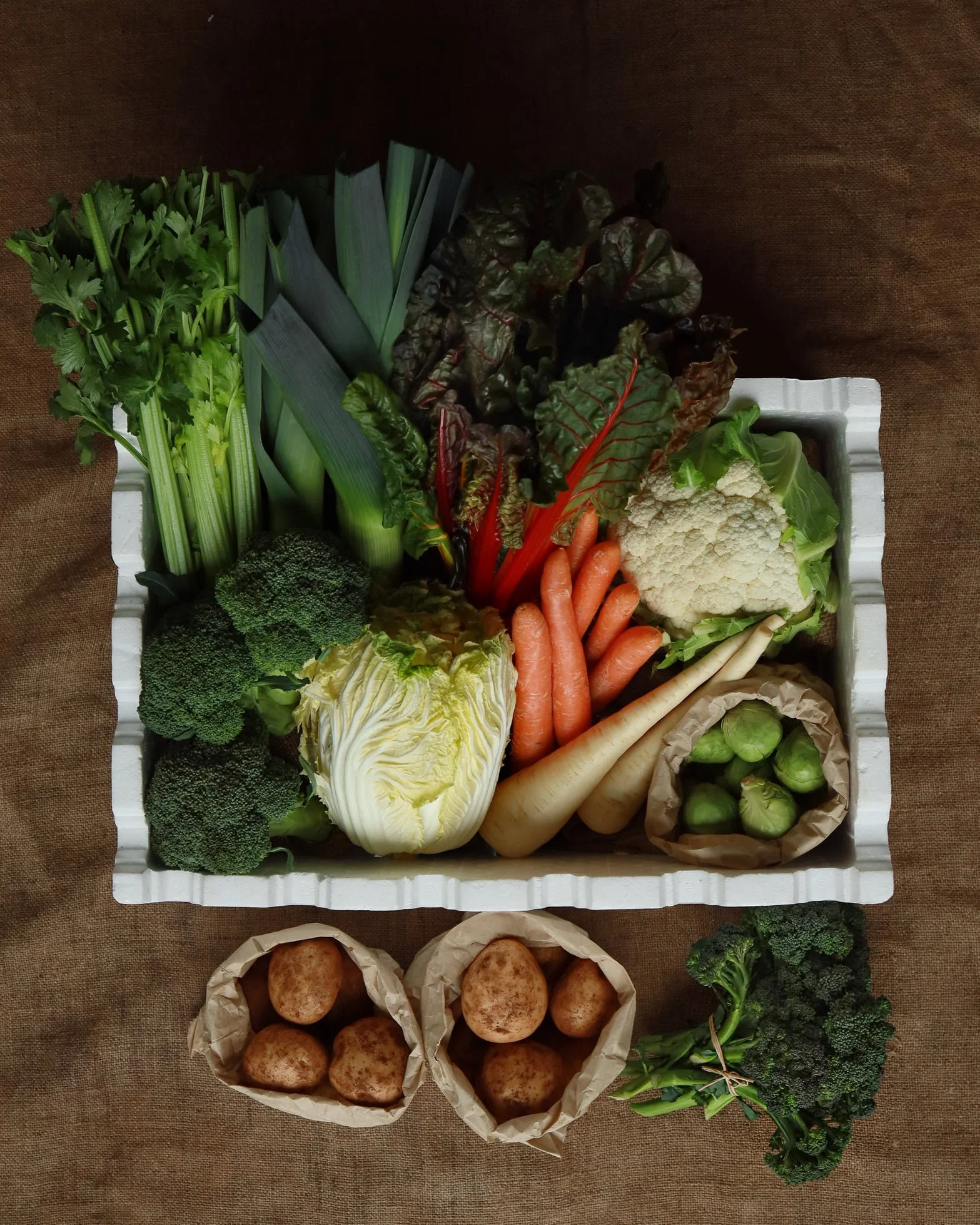CSA: Growing Together for Farmers,Communities & the Planet
When you bite into a sun-warmed tomato, slow-roast a cut of grass-fed roast, or tuck into a simple stew made with just-harvested vegetables, you’re experiencing something bigger than dinner. You’re tasting a story of care, land, and community. A story at the heart of Community Supported Agriculture (CSA). At its best, CSA isn’t just about food. It’s about connection: between farmer and eater, between soil and soul.
Where It All Began
Community Supported Agriculture, or CSA, traces its roots back to Japan in the 1960s, when families (worried about the industrialisation of food and chemical farming) developed a model called teikei, meaning “partnership” or “cooperation.” These early relationships between farmers and households were built on trust, fairness, and a shared responsibility for the harvest.
By the late 1970s, this idea evolved into what we now recognise as CSA. The model spread across Europe, particularly in Switzerland and Germany, before reaching the United States in the mid-1980s then Australia in the mid to late 1990s.
From these grassroots beginnings, CSA has grown into a global movement, reconnecting people with farmers, food, and the land itself.
Why CSA Matters for Farmers
For farmers, CSA means stability. Instead of riding the highs and lows of commodity markets or supermarket contracts, they can count on a community that has committed to them directly. That support means they can raise livestock slowly, on pasture, or grow vegetables with care, without the pressure to push for speed or scale. It’s farming with integrity, made possible by eaters who believe in that way of working.
CSA also allows farms to embrace diversity, growing a wide variety of vegetables and crops rather than only what the wholesale market demands. Variety strengthens the soil, nourishes the community, and keeps small-scale farming viable.
Why CSA Matters for Communities
When you join a CSA, you’re not just buying a box of food, you’re becoming part of a farm’s story. You learn what grows here, what thrives in each season, and what it really means to eat locally. Communities become healthier, not just because of the fresh produce and meat, but because of the trust, resilience, and shared purpose they foster.
Imagine a winter stew with carrots, leeks, and parsnips simmered alongside slow-raised beef. That meal doesn’t just fill bellies. It strengthens a circle of people committed to each other.
Why CSA Matters for the Planet
CSA farms are rooted in care for the land. Pasture-grazing builds soil health and biodiversity. Mixed-veg plantings encourage pollinators and soil microbes. Less packaging, fewer food miles, and deeper ecological balance all add up to a food system that heals instead of harms.
Every CSA subscription is an act of climate action; quiet, delicious activism on a plate.
How You Can Be Part of It
Supporting CSA means backing a food system that is fairer, healthier, and more joyful. And CSA farms aren’t alone. Other friends and allies in the food system are also walking this path, reimagining food with creativity and care. When we choose CSA, we choose a future where farmers thrive, communities are nourished, and the planet has a fighting chance.
So next time you take a bite, remember:
It’s not just food.
It’s a movement.
And you’re invited.
CSA isn’t a transaction—it’s a relationship.
And just like the best relationships, it only grows richer when we nurture it together.
Explore and support local CSA farms who share this vision of nourishing people, communities, and the planet.






